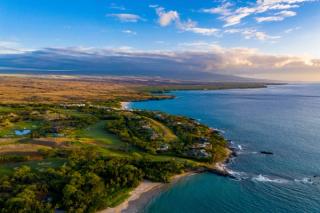
Environmental Analysis
Latest News

A recent study from researchers in Indonesia and Taiwan demonstrates that tourism intensity on Gili Trawangan Island is strongly linked to higher microplastic contamination in coastal waters, sediments, and fish, highlighting the need for targeted waste management and sustainable tourism policies to protect vulnerable island ecosystems.
Latest Videos

More News

A recent study analyzed sediment cores from estuaries in the Tampa Bay area, revealing the damage that "legacy" nutrients are having on the ecological record there.

Webinar Date/Time: Wed, Dec 10, 2025 11:00 AM EST
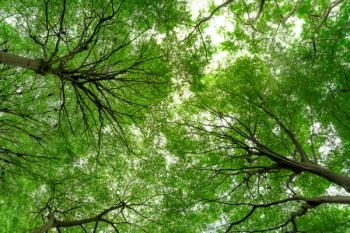
A recently developed sensor demonstrated that it could improve tannic acid detection in both food and environmental systems.

A recent article discussed the need for interdisciplinary collaboration to better understand the unique chemistry occurring at air–water interfaces. Experimental and conceptual challenges of linking molecular-level structure to macroscopic reactivity and calls for integrating advanced spectroscopy, computation, as well as cross-disciplinary approaches to overcome current limitations, are highlighted. This summary was generated with the help of artificial intelligence.

A recent study investigates microplastic contamination in beverages sold in South Africa, exploring whether it impacts alcoholic and non-alcoholic beverages more directly.
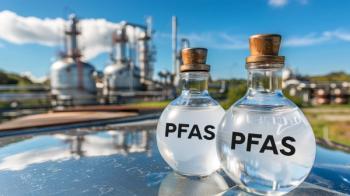
Researchers recently developed a nanoscale sensor for rapid detection of GenX in water, enhancing environmental monitoring and safety efforts.

A recent study highlighted a novel method for recycling aging wind turbine blades, transforming waste into valuable materials while minimizing environmental impact.

Researchers uncover the hidden dangers of ship paint-derived microplastics, revealing their complex composition and ecological risks in marine environments.

A recent study highlights novel analytical techniques for phosphorus detection, enhancing pollution control and sustainability in environmental monitoring.


Webinar Date/Time: Tue, Nov 18, 2025 2:00 PM EST

Researchers recently unveiled a automated system for real-time monitoring of arsenic pollution in aquatic environments, enhancing environmental safety.


In a recent press release, Horiba, an analytical and measurement technology company, announced the release of its Aqualog-Next A-TEEM Spectrometer.

Raman spectroscopy, combined with computational modeling and machine learning, shows strong potential for distinguishing PFAS compounds, offering a promising new framework for environmental monitoring and contamination analysis.

Webinar Date/Time: Wednesday, September 17, 2025 Morning Session: 10:00 AM EST | 7:00 AM PST | 3:00 PM BST | 4:00 PM CEST Afternoon Session: 1:00 PM EST | 10:00 AM PST | 6:00 PM BST | 7:00 PM CEST

A recent study reveals that microplastics, primarily blue polyolefin fibers, are widespread throughout the western Arctic Ocean’s water column.
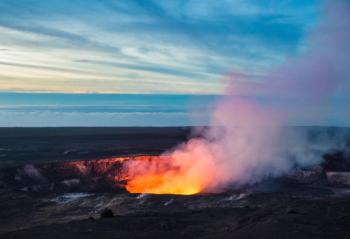
A new study reveals that as Hawaiian volcanoes evolve, their magma storage shifts from shallow crustal reservoirs to deeper mantle zones, offering critical insights into volcanic behavior and future hazard potential.


Researchers in China developed a novel "water quality fingerprint spectrum" to analyze complex water pollution data in Lake Shahu, revealing key pollution drivers like tourism and offering a scalable framework for improved environmental management.

A new study used advanced techniques, including µ-Raman spectroscopy and machine learning, to map and predict microplastic pollution on São Paulo’s urban beaches.

A new study has confirmed the presence of multiple microplastic types in human amniotic fluid using a dual-method approach, raising concerns about potential long-term impacts on fetal development.

Researchers from Nanjing University of Information Science & Technology have introduced a breakthrough AI-enhanced multimodal strategy for real-time detection of polyamide microplastics contaminated with heavy metals.
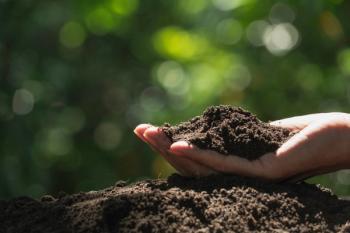
A new study published in Geoderma demonstrates that combining soil spectroscopy with radar-derived vegetation indices and environmental data significantly improves the accuracy of soil organic carbon predictions in Brazil’s semi-arid regions.

A new study published in the Journal of South American Earth Sciences reveals how microbial activity, low pH conditions, and sediment chemistry in Brazil’s São Carlos Shale uniquely preserved diverse Upper Cretaceous fossils, offering fresh insights into the paleoenvironment of the Bauru Basin.







